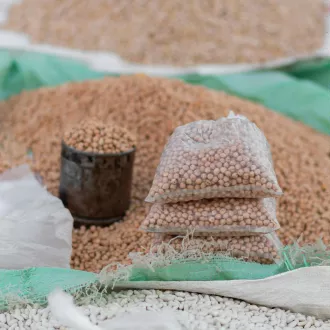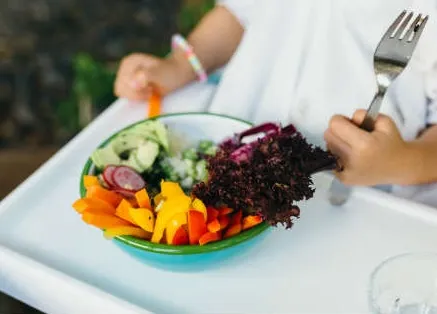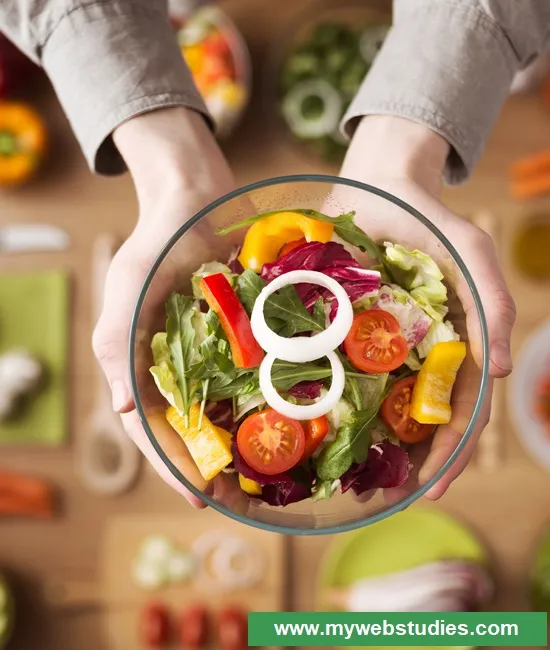Transcription Transition to vegetarian diet
Starting a diet is not an easy process for anyone, we undergo many changes in both food and lifestyle. Diets not only influence the way we eat, but also our daily routines, social life, work, among many others, which is why we should not make radical changes when we start one.
In this lesson we will teach you how to make the correct transition to the vegetarian diet, to avoid bad practices or short-term abandonment of it.
Gradual transition: For a person who is used to consume meat, fish and seafood on a regular basis, it is undoubtedly complex to radically eliminate all these components of their diet, which is why the correct way to make the transition to a vegetarian diet is to gradually reduce the above mentioned foods, while increasing the consumption of vegetables and fruits.
The process should not take three days, it can last for weeks, it all depends on the diet you had before and the way your body assimilates the changes. Reduce weekly meals with meat and look for ways to prepare meals equally delicious but related to the vegetarian diet.
Substitute other foods: We all have favorite dishes, and if these include meat or seafood, look for ways to replace them with the so-called "vegetarian meats". Here we will show you the most popular ones:
- Seitan: A food of Chinese origin that has achieved great popularity in recent times. At sight it presents very similar characteristics to meat, such as color and texture; they also share cooking methods since seitan can be grilled, fried, stewed, boiled, among many others. The best thing is that it is not only appetizing, but also nutritious and is made from wheat gluten and soy sauce.
- Tofu: This is perhaps one of the most popular meat substitutes available. Like seitan, it is of Chinese origin and is made from soy milk, coagulants and water. It has great nutritional properties, especially high protein value and is associated with the improvement of ailments such as diabetes and the reduction of cholesterol.
- Tempeh: It is similar to tofu, although of Indonesian origin. It is elaborated from the treatment of yellow soybean, and like seitan, it has a meat-like appearance. Its forms of cooking are varied and it has the advantage of being easily digested due to its low fat content.
- Soybean: This plant, as you may have noticed, has a very important role in the vegetarian diet. Due to its versatility it is used in the elaboration of different alternative foods to meat: this is the case of hamburgers and vegetarian steaks. This allows us to enjoy not only nutritious and delicious food, but in formats similar to what we were used to before.
Variety: There is a false belief that the vegetarian diet is limited to the consumption of lettuce and chard. On the contrary, there is a wide variety of foods that we can enjoy. It is important that you design a weekly plan that includes a diversity of foods, not only to meet your nutritional needs, but to make this diet, something fun and not mandatory.
Look for vegetarian food establishments: The social part has a great influence on the development of a diet. This cannot limit your life with friends, partner or family, so it is important that you look for bars, cafes, restaurants with vegetarian menus or specialized in this food so you can share the same pleasant moments as before. In this way, you will notice that the transition is not so hard, and that the body and mind gradually get used to this new lifestyle.
transition






